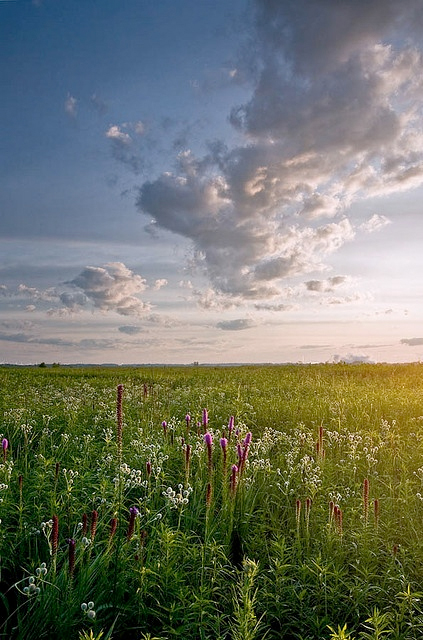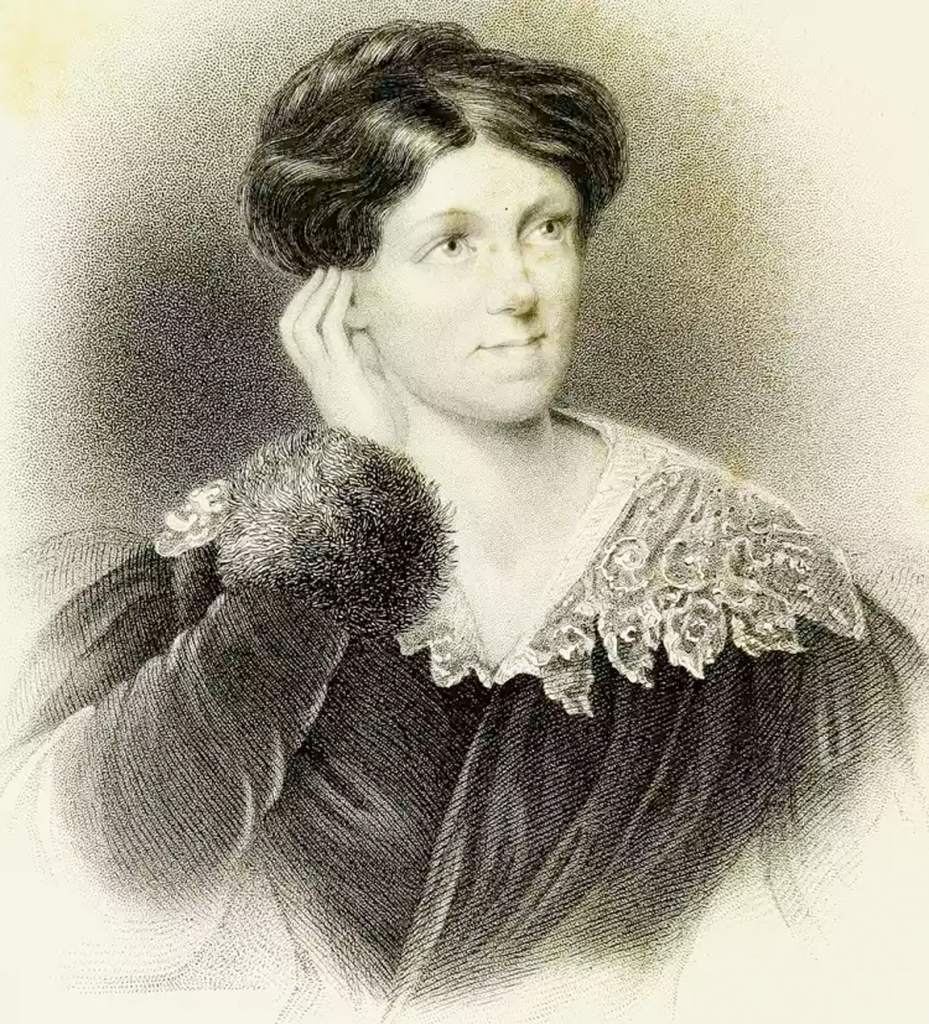Northern Illinois is beginning, believe it or not, to edge its way into true spring these days, which means the April showers we’ve been experiencing this past week will persuade all those May flowers to begin peaking out of the ground. Of course, the earliest spring flowers, hardy fellows that they are, have already been growing in the increasingly strong sunlight for several weeks now—especially with the unusually warm weather of the past few months.

Back in the 1820s and 1830s when the first hardy pioneers arrived in the area along both sides of the Fox River, from Waubonsie Creek to the north and south to the AuSable flowing on its way to the Illinois River, they found upland prairies dotted with open groves of hardwoods that sometimes merged with the belts to trees growing along the creeks that drained the area in what would one day become Kendall County.
Timber, scarce as it was, provided building materials for everything from homes, farm buildings, and fences. It was the settlers’ old and familiar friend. What was new to those new prairie farmers and other settlers, and sometimes not a little intimidating, was all that prairie land stretching sometimes to the horizon like an unbroken stretch of ocean—a sea of grass.
Virtually everyone who left an account of their first few years on the Illinois prairie provided a list of superlatives. And it’s fortunate we are that some of those accounts survive to let us glimpse what those early travelers and settlers found and felt.

The fascinating English author, abolitionist, and sociologist Harriet Martineau, visited northern Illinois in 1836, and left a vivid record of the beauty of the Illinois prairie she saw near Joliet. She told of the beauty of the American primroses and the “…difficulty in distinguishing distances on the prairie. The feeling is quite bewildering. A man walking near looked like a Goliath a mile off.”
Her dinner one evening consisted of tea, bread, potatoes, and wild strawberries, of which a whole pail-full had been gathered around the house in which she was staying in only an hour’s time. She remarked about the beauty of the blue spiderwort in full bloom, and of prairies being “perfectly level—a treeless expanse with groves like islands in the distance, and a line of wood on the verge.”
As the seasons progressed, the grasses and broad-leafed plants comprising the prairie ecology dried, providing plenty of fuel for autumn and spring prairie fires. In October 1835, Methodist circuit rider Alfred Brunsen wrote of northern Illinois prairie fires, noting that he had traveled by prairie fire light at night: “By the light of this fire we could read fine print for ½ a mile or more. And the light reflected from the cloud of smoke enlightened our road for miles after the blaze of the fire was out of sight.”

George Hollenback, one of the first two white children born in Kendall County (his twin sister Amelia was the other), left a description of prairie fires he recalled from his childhood. His memory of them was both exciting and alarming. He recalled seeing, as a child, as many as 50 fires burning at one time within sight of the Hollenback homestead near modern Newark in southern Kendall County, reflecting their light in the clouds on autumn evenings.
“Early settlers protected themselves by ploughing [sic] wide and numerous furrows around their fields and their stockyards,” wrote Hollenback.
Backfires were often started to protect houses and property as well as plowing furrows to create firebreaks. The band of blackened prairie grass burned in the backfire usually stopped the on-rushing prairie fire dead in its tracks.

Prairie fires were usually pushed along by the prevailing winds on the Illinois prairies. That meant prairie fires most often came out of the west, and traveled eastward on the front of westerly winds. Old maps of Kendall County show that the timber on the western edge of the Fox River and the creeks in the county was much less dense that on the eastern edge, the trees on the west side thinned by the annual fires driven by those westerlies. There were generally fewer species of trees on those fire-prone western edges, too, with white and burr oaks and other more fire-resistent kinds predominating. (For a more in-depth discussion of the impact prairie fires had in Illinois, click here.)
A number of early Kendall County settlers left accounts of what Kendall County looked like when they arrived, just before settlement changed the prairies forever by converting them into farmland. Mary Elizabeth Jeneson, a member of Oswego’s Nineteenth Century Club, read a paper to the club in 1906, in which she stated: “No words of mine can convey to you the vastness, the grandeur and beauty of the natural prairie in 1850 when I first came to Oswego. The music of the big frogs down in the slough and the drumming of prairie chickens must have been heard to be appreciated. The Fox River was pretty then. Its banks furnished attractions for those who liked a stroll—a sort of Lovers’ Lane, in fact.”

In 1914, Avery N. Beebe, an early Kendall County resident and elected official, offered his recollections of of how the area appeared to county pioneers: “This little chosen spot of God’s heritage, selected by the sturdy old pioneers of Kendall County, has been richly blessed with all the advantages that kind nature ever bestows: with its clear silvery streams, the Blackberry, the Big Rock, the Little Rock, the Aux Sable, the Waubonsia, the Rob Roy, the Clark, the Hollenback, and the Morgan, that pour their pure crystal liquids into the placid Fox and Illinois Rivers. All of these were densely skirted with abundant timbers for the use of the early settlers to construct the primitive log cabin, supply it with fuel, and establish the forest home in the wilds of the West; as it was then called.”
Change has been ongoing in northern Illinois in general and Kendall County in particular since the first pioneer wagons pulled up along the banks of the Fox River in 1828. During the last 50 years, that change accelerated as the county’s farmland—which itself replaced the stunning prairies described by the pioneers—has disappeared in job lots, with housing developments and shopping centers crowding out more and more open land. But on the positive side of the ledger, organized, serious efforts to preserve the region’s prairie past and the region’s remaining natural areas are continuing to grow.
